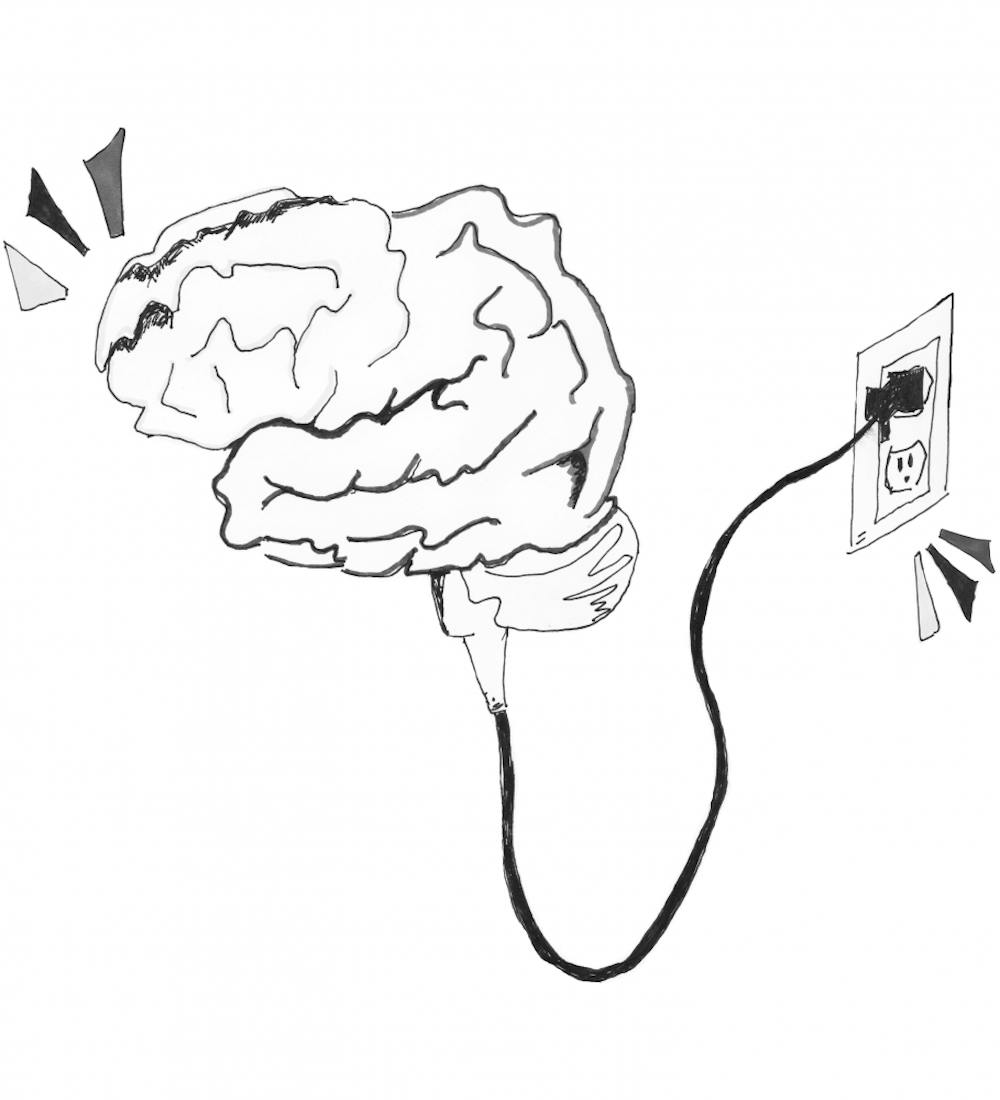The Brown Institute for Brain Science is receiving a $100 million gift from Robert Carney ’61 and Nancy Carney, one of the largest single donations ever given to the University. BIBS will be renamed the Robert J. and Nancy D. Carney Institute for Brain Science in honor of the donation, according to a University press release.
President Christina Paxson P’19 said the Carneys’ gift will have a “transformative” impact on the University’s capabilities in brain science. The newly renamed Carney Institute will expand educational opportunities and propel fundamental brain research, she added.
“Brain science for years has been a gem at Brown,” Paxson said. While Associate Director of the Institute Christopher Moore agreed that the Institute has long “had a national footprint and a size that has been impressive,” he emphasized that the Carneys’ gift will make the University “one of the top places in the world” for brain science research.
The gift is targeted at promoting medical advancements, Paxson said. “The dream is that we’ll have a cure for Alzheimer’s, or we’ll have a way to treat or prevent (Amyotrophic Lateral Sclerosis) or any of a number of conditions,” she said. But she stressed that forming a better understanding of how the brain works is another important goal of the research.
“The gift is not so we can take a moonshot at curing some single disease,” Moore said. “What this gift will do is it’s going to underwrite the great discoveries that will cure those diseases. It’s going to create the environment in which they can be addressed at the deepest level.”
Treatments for brain disorders remain elusive because the “basic mechanisms that explain why certain neurons die in these different diseases” are not fully understood, Director of the Institute Diane Lipscombe said. The Carneys’ gift will allow the University to provide sustained funding for research aimed at “converting discoveries and innovation into biding cures and treatment,” she added.
The Institute is already engaged in innovative brain science research, Lipscombe said. She pointed to the BrainGate project, which has worked to restore function to people who are paralyzed by translating brain signals into the control over a machine. This technology requires electrodes to be implanted on the surface of the brain, and additional funding from the Carneys’ gift will help BrainGate researchers make these electrodes “smaller, less invasive, but still able to collect a rich amount of data to read neural signals,” Lipscombe said.
Expanding research on “the neural code that is underlying complex behavior” could also lead to a host of new discoveries, Lipscombe added. She raised the possibility that BrainGate technology could someday be used for other applications, such as restoring vision.
This is not the first time the Carneys have donated to the Institute. Moore said that smaller gifts from the Carneys have “been a big part of the success (of the Institute) leading up to this point.” Lipscombe noted that the Carneys’ latest gift far surpasses previous funds raised by the Institute. “In the last several years, we probably raised about $50 million in philanthropic giving to the Institute,” she said. “To have this as a single gift is quite extraordinary and quite impactful.”
Moore believes the Carneys’ gift will allow less restricted exploration of new possibilities. “It lets us not have to be narrowly, strategically focused, and instead to really go where the ideas will take us,” he said. Rather than focusing support on any one line of research, Moore added that the new funding will more broadly stimulate “the most aggressive and creative and collaborative attack on what it means to be studying how the brain works.”
Lipscombe noted that the interdisciplinary nature of brain science research fits in well at the University. “There is a great uniqueness around the way in which people here at Brown approach and try and tackle big problems in brain science — a very collaborative and integrative kind of approach,” she said.
This collaborative process will be on full display when the Carney Institute moves into the fourth floor of the former Brown Office Building at 164 Angell St. after its renovation early next year. Lipscombe said the new laboratory spaces will focus on developing computational approaches to understanding brain functions and improving diagnosis and treatment of mental illnesses.
“What this allows us to do is make the discoveries that will change the way we think about how the brain works, not just add to the way we think about how the brain works,” Moore said. “I do think — absolutely — this gift is going to lead to great medical discoveries.”





